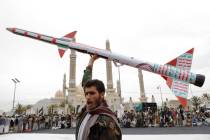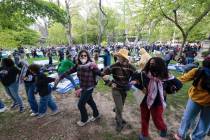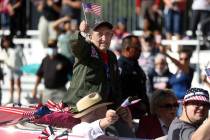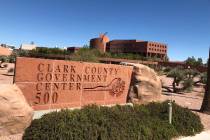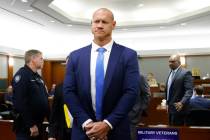Great Basin National Park’s new astronomical observatory opens its eye to the heavens — PHOTOS
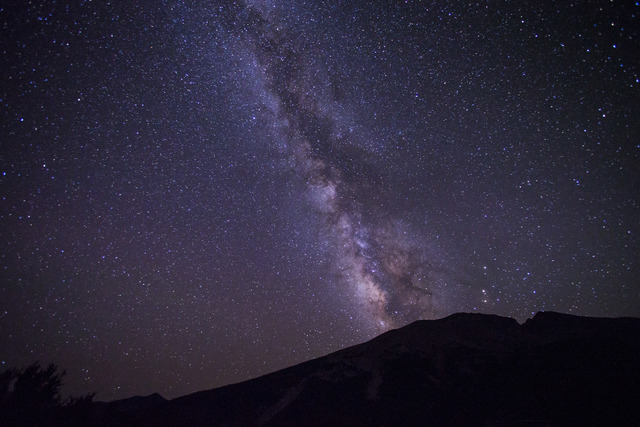
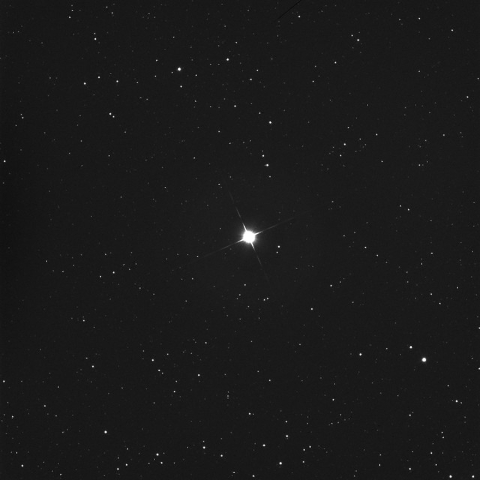
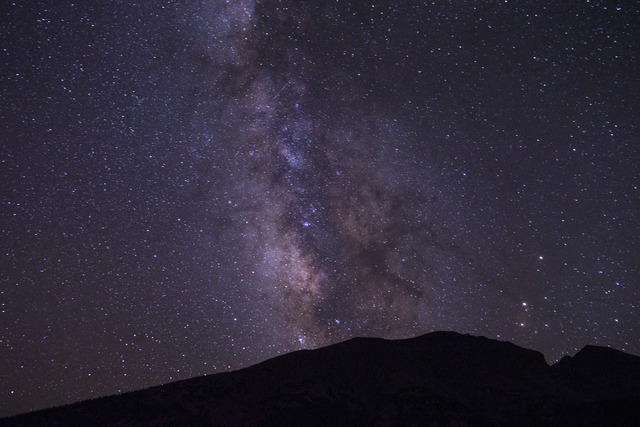
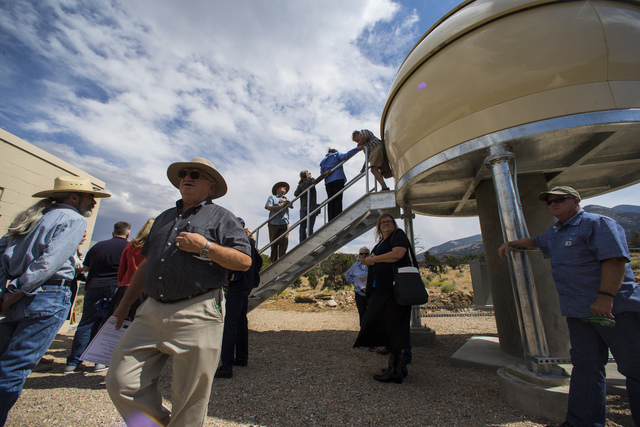

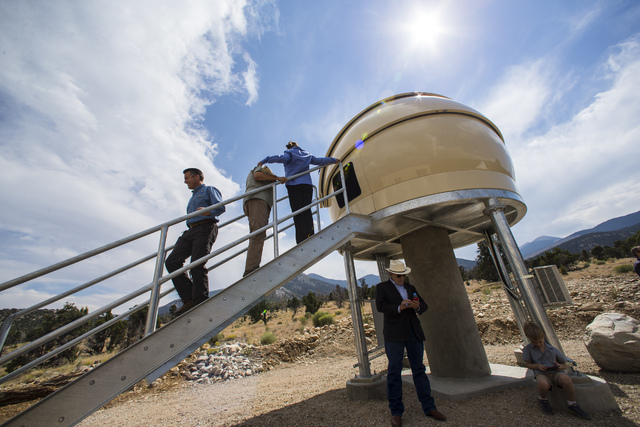

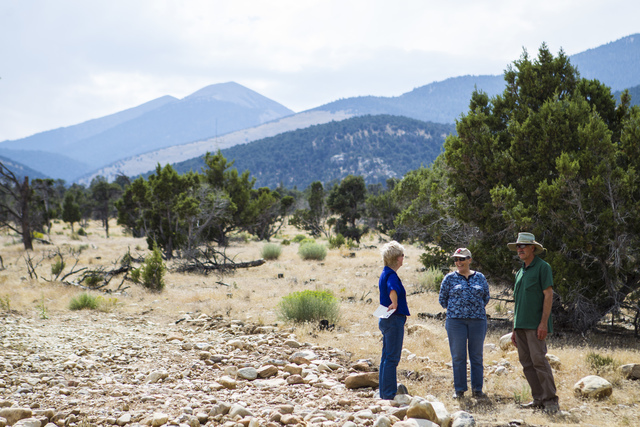
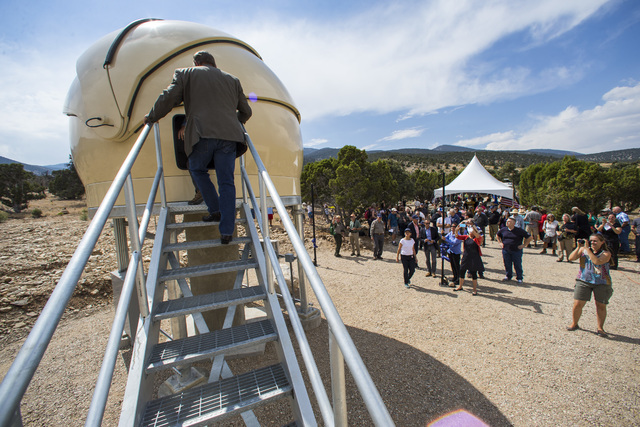



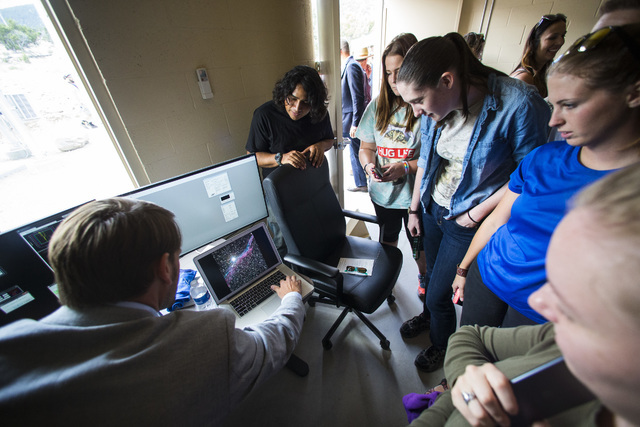



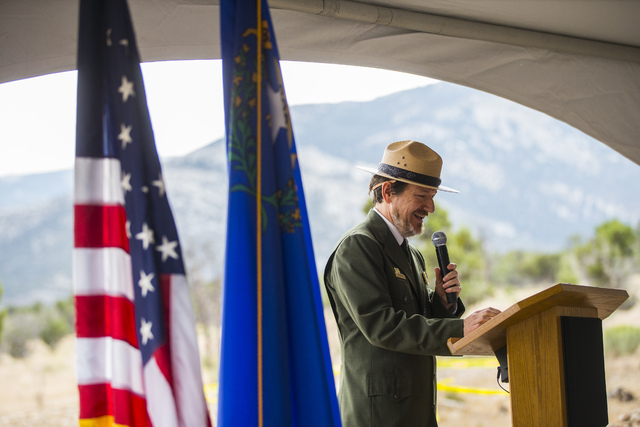
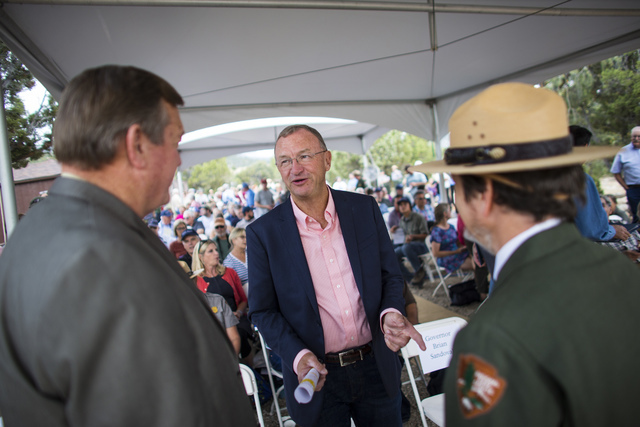


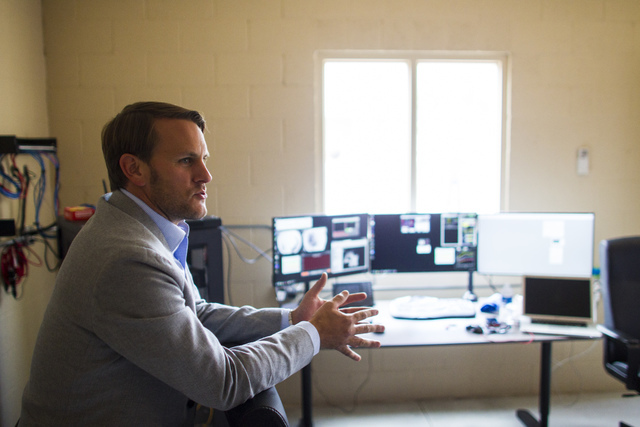

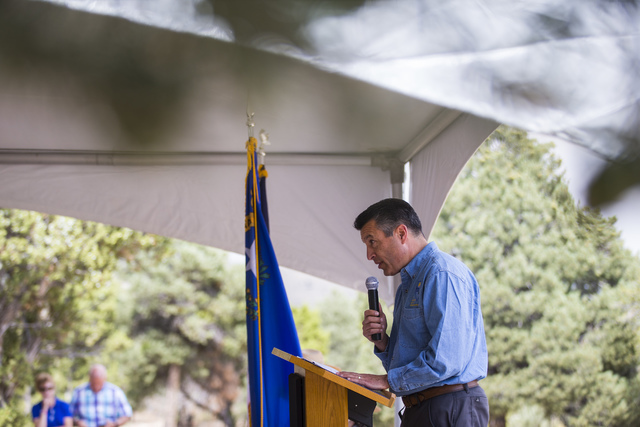
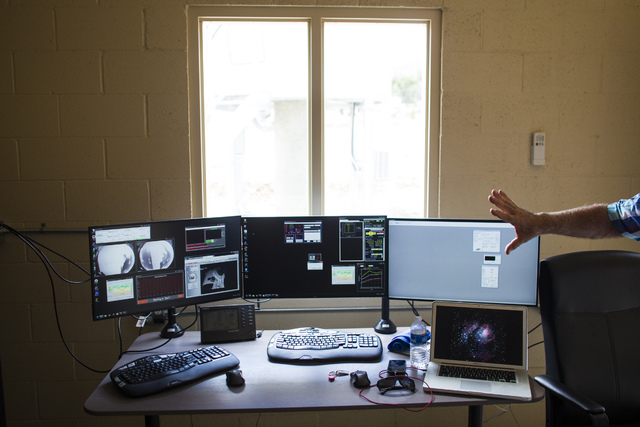
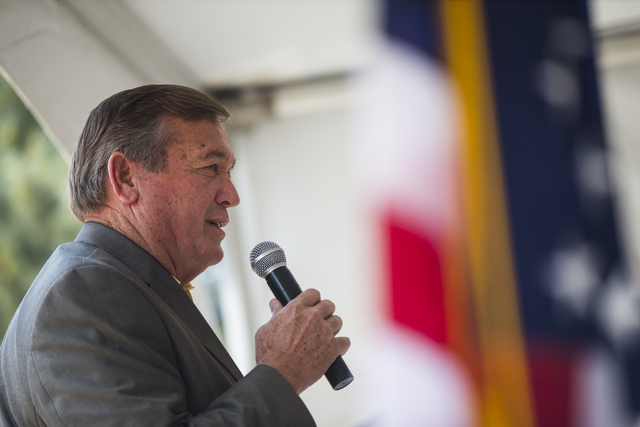

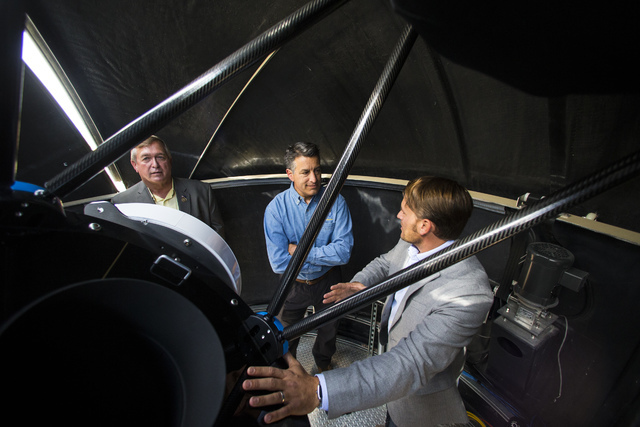
BAKER — When the time came to open the dome for the first time at Great Basin National Park’s new observatory, astronomer Tyler Nordgren knew just where to point the telescope.
In the constellation Cassiopeia, there is a star called Ruchbah, roughly 100 light-years from Earth.
Nordgren calls it the “centennial star” because its light, captured in some of the first images produced by the Great Basin Observatory, left Ruchbah at about the same time President Woodrow Wilson signed the National Park Service into existence on Aug. 25, 1916.

Dedication of the newly completed observatory Thursday helped draw a crowd of astronomy buffs and park boosters to Great Basin National Park, 300 miles northeast of Las Vegas, but it also offered them an opportunity to mark the 100th anniversary of the Park Service.
The event began on a somber note, as park Superintendent Steve Mietz led the crowd of about 150 people in a moment of silence for Justin Beebe, a U.S. Forest Service firefighter killed Aug. 13 by a falling tree while battling the Strawberry Fire at the northeastern edge of the park.
Beebe’s crew hat from the Montana-based Lolo Hotshots was among the items placed in a time capsule buried near the new observatory Thursday.
Gov. Brian Sandoval and Rep. Cresent Hardy spoke during the ceremony, which echoed other centennial celebrations at national parks across the country.
But this party had something the other didn’t: The first research-grade observatory ever built within a U.S. national park.
Before the ribbon was cut on the new telescope, the Eskdale School Girls Ensemble from just across the border in Utah sang “Bright Morning Stars.”
Former Great Basin National Park Superintendent Becky Mills, now chairwoman of the park’s nonprofit foundation, called the project’s completion “a dream come true.”
The foundation built and equipped the observatory in partnership with the University of Nevada, Reno; Western Nevada College in Carson City; Concordia University in Irvine, California; and Southern Utah University in Cedar City.
By November, students at those schools should be able to start booking time and conducting research with the 28-inch telescope, which can be controlled remotely by computer, smart phone or tablet. Eventually, the images they capture will be posted online for anyone to examine and appreciate.
There are also plans for an educational outreach program that would allow students in grades K-12 to decide where to point the telescope.
“We’ll take requests just like a DJ,” said Paul Gardner, project manager for the observatory.
Experts consider Great Basin one of the darkest parks in the nation, a place where you can see the sky as it looked before the advent of electric lights. 
The combination of unspoiled night skies, high altitude and low humidity makes it a prime location for astronomical research, Nordgren said.
“Even better, it’s a great place to just lay out on a blanket, look up and let the sky fill your entire field of view,” he said.
Tucked away in the Snake Range of eastern White Pine County, the 77,000-acre park also is home to Nevada’s oldest trees, its most famous and ornate cave, its only glacier and its second-tallest peak.
And Great Basin boasts a level of solitude almost unparalleled in the park system.
Though the park has seen record traffic in recent years, it remains one of the least-visited national parks. Great Basin last year drew just over 116,000 people, its highest annual total ever and just the second time visitation has topped 100,000 in a single year.
The park has an anniversary of its own to celebrate this year, as Oct. 27 will mark 30 years since President Ronald Reagan signed the law creating the only national park located entirely in Nevada.
By then, the folks at Great Basin Observatory hope to have all the necessary procedures and software in place to allow student researchers to begin collecting data and capturing images with the new telescope.
Foundation members originally hoped to raise $480,000 by the end of 2015 to buy and set up the observatory. Instead, they wound up collecting about $800,000, including a $200,000 gift from former Nevada Power Co. President and CEO Mike Niggli and his family.
Other major donations included: $125,000 from the David Nathan Meyerson Foundation; $100,000 from the Great Basin National Heritage Partnership; $100,000 from the Mount Cuba Astronomical Foundation; $50,000 from NV Energy; $50,000 from the Robert S. and Dorothy J. Keyser Foundation; and $50,000 from the George S. and Dolores Dore Eccles Foundation.
Elinor Tilford Charleston also chipped in $3,000 for the observatory, and the 100-year-old delivered one of the most poignant moments of Thursday’s ceremony.
She was born in Ely on May 1, 1916, about four months before the creation of the Park Service. She spent her early childhood in the small mining camp her parents ran in Snake Creek Canyon, now part of Great Basin National Park.
Though Tilford Charleston’s family eventually settled in Northern California, she traveled back to the area many times over the decades to visit what remained of the old mining camp and lobby the Park Service to preserve it. Thanks to her persistence, and repair work done in 2014 by the park’s cultural staff, the Tilford Spring Stone Cabin still stands today.
“I would love to come back to this park over and over and over,” Tilford Charleston said after the Park Service named her as an honorary “centennial ranger” on Thursday. “I will as long as I last.”
Contact Henry Brean at hbrean@reviewjournal.com or 702-383-0350. Find @RefriedBrean on Twitter.










